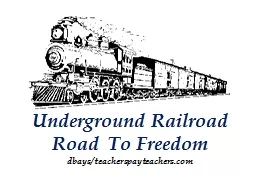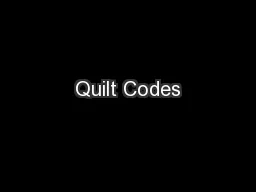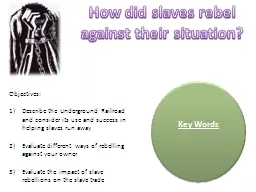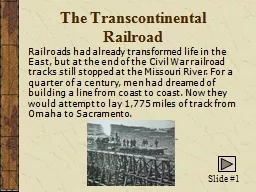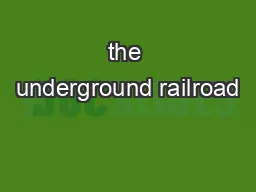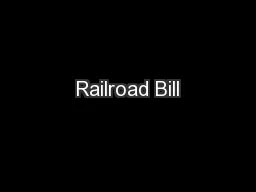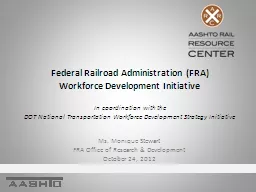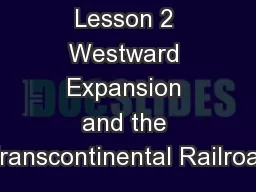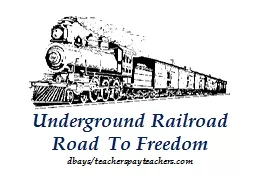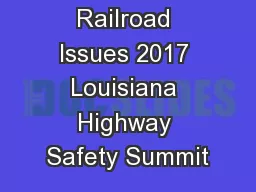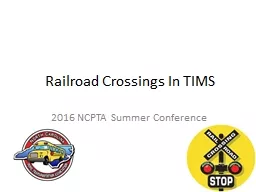PPT-Underground Railroad
Author : debby-jeon | Published Date : 2016-02-19
Road To Freedom dbays teacherspayteacherscom Underground Railroad UGRR is a term for the network of people and places who assisted fugitive slaves as they escaped
Presentation Embed Code
Download Presentation
Download Presentation The PPT/PDF document "Underground Railroad" is the property of its rightful owner. Permission is granted to download and print the materials on this website for personal, non-commercial use only, and to display it on your personal computer provided you do not modify the materials and that you retain all copyright notices contained in the materials. By downloading content from our website, you accept the terms of this agreement.
Underground Railroad: Transcript
Download Rules Of Document
"Underground Railroad"The content belongs to its owner. You may download and print it for personal use, without modification, and keep all copyright notices. By downloading, you agree to these terms.
Related Documents

